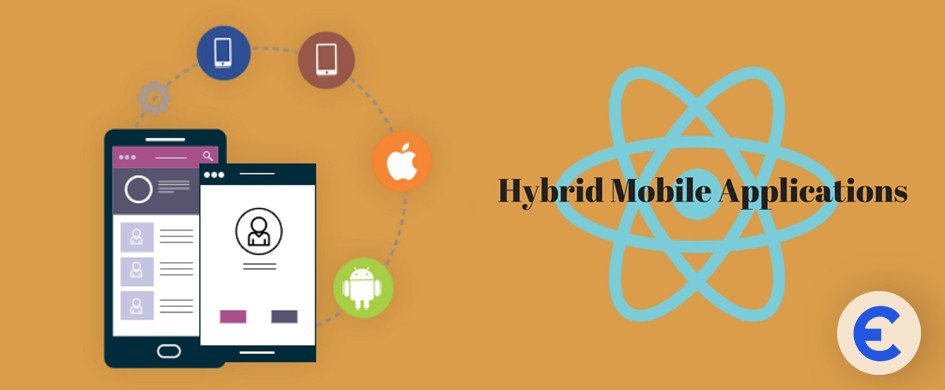DESCRIPTION
When you are developing mobile experiences, you have three options including a Native Mobile App that integrates with one of the main mobile operating systems (e.g. iOS, Android), a Mobile Web App (a website, usually in HTML 5, that mimics an app) or a Hybrid Mobile App which is somewhere between the latter two. Generally, Native Apps will give the best experience due to their ability to use the most device-specific functionality (e.g. gestures, geolocation, access to the camera). Mobile Web Apps provide a positive user experience. But it does suffer due to its lack of specificity. However, they’re easy to build and easy to update. Plus, anyone can use them regardless of device. And Hybrid Apps combine the benefits of both.
Some of the core benefits of Hybrid Apps
Unified Development
By far the single biggest advantage that Hybrid Mobile Apps can offer is unified development. Companies can save a substantial amount of money that would otherwise have to be spent on developing and maintaining separate code bases for different mobile platforms. They can develop just a single version and let their Hybrid framework of choice do the heavy lifting and ensure that everything will work flawlessly. Then, of course, directly leads to lower cost of development and, potentially, greater revenue.
Cost Effective
With Hybrid App development, you get to build a common code for different native platforms by just investing all for once. Besides, unlike native app development, it saves you from putting in a lot of effort and demands less time to keep a check on things and track development separately for different versions of your app product. And of course, with that, the more platforms you target the more cost-effective it gets.
Efficient Scaling
Hybrid applications are cross-platform applications that are compatible with multiple platforms and can be operated on several devices. This makes the apps developed by Hybrid technology easier to scale and develop compared to native applications.
Resources Availability
Hybrid mobile app development utilizes web technology to build applications which makes resources easily available to develop an application. The cost and resources needed to develop a Hybrid app are easily accessible by the organizations. There is no need to invest a large amount of money in developing an application as hybrid applications are cheaper than native apps.
Speed
There is no need for any kind of argument regarding the speed of Hybrid applications as they work faster than a native application. In case you need to reload or refresh the data again and again Hybrid applications are too quick unless it requires high-resolution graphics. It works faster even on a slow internet connection.
Offline Use
Like native apps, hybrid mobile apps use the device’s API to store some data offline. That’s a big advantage for users who are watching their data consumption or have poor connectivity and is a big drawcard for users on the go. Passing in and out of coverage, using your app in transit or on a plane, or even just a desire to roam charges will all suppress app use if you require an internet connection.
Takeaway,
Hybrid mobile apps have their place in every situation where fast development is the main priority or where the high cost of targeting each platform with an individual native application would be downright prohibitive. Big players and companies who need to stay on top of the latest developments are not likely to sacrifice performance and control. However, it may be just a matter of time before Hybrid application frameworks reach such a high level of maturity that all previously mentioned negatives will simply disappear.



